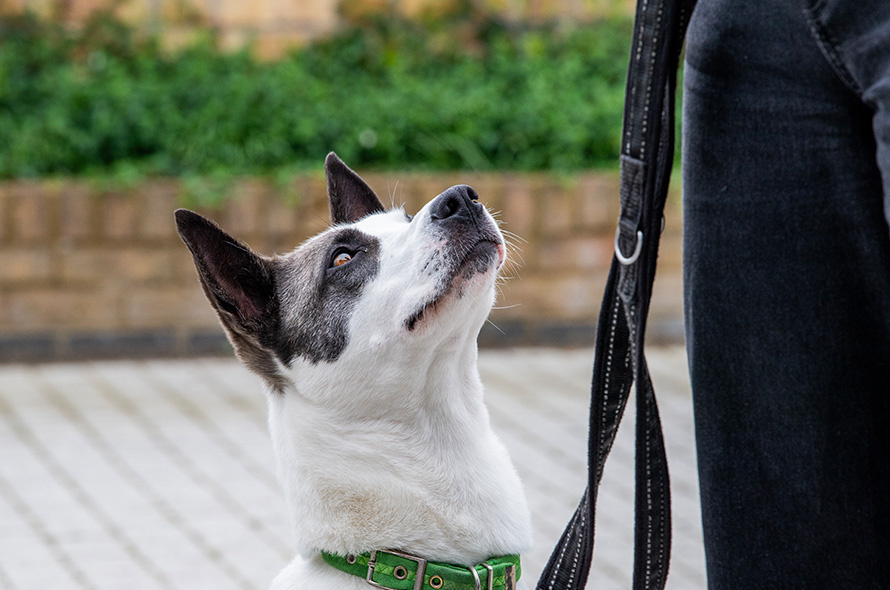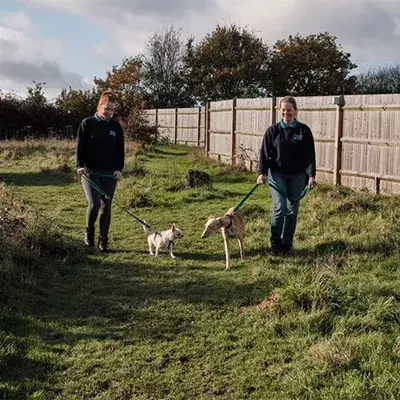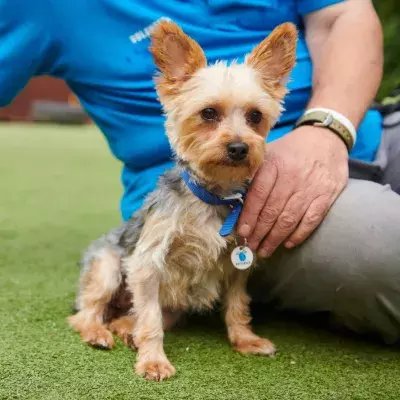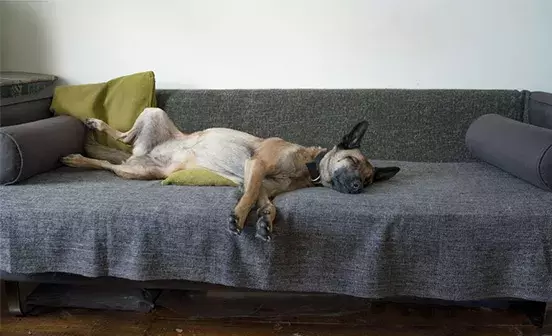Getting your dog’s attention is an important step in training any behaviour and can help in emergency situations and when your dog may be overstimulated.
Before you start, it’s important to get to know your dog’s motivations, as this can vary from dog to dog. To find out how to identify your dog’s motivations, check out the advice on our website or visit our YouTube channel.

Managing your dog’s threshold
When dogs are around distractions, they’ll have a ‘threshold’ distance where they’ll be able to show calm behaviours, take food and respond when we interact with them. If we cross this distance, they’ll be ‘over-threshold’ and no longer able to do those things.
Monitoring your dog’s body language will help to understand when they are approaching their ‘threshold’. Over time, and with lots of practice, you should be able to expand your dog’s threshold and get them to remain calm in more stimulating situations.
Skills to practice
Teaching your dog a ‘watch me’ cue, as well as practicing their reflex to their name being called, will be helpful when getting your dog’s focus around distractions.
While training your dog to respond to you, remember not to throw them in the deep end and expect them to respond in a park full of distractions. Instead, try to increase the level of distraction slowly during training sessions. For example, you could practice 'watch me’ in the garden before trying this out in a public area.
Teaching your dog to disengage from a distraction
Reward your dog for noticing a distraction
To get your dog to focus on you after seeing a distraction, begin by marking with a ‘yes’ (or click if you use a clicker) and reward whenever they notice a distraction - for example, as soon as they see a stranger. It may feel like you’re training them to look at the distraction but if you are consistent, your dog should start to look at you whenever they see a distraction, expecting a reward.
Reward your dog for looking at you when they see a distraction
Once your dog reliably looks at you when they notice a distraction, you can start to wait for them to look at you before marking and rewarding them.
Gradually get closer to the distraction and repeat
Now you can slowly get closer to the distraction, ensuring that whenever they check in with you, you mark and reward.
If your dog begins to stare at the distraction, you can use another cue, like ‘watch me’ or their name, to prompt them to look back at you. If this doesn’t work, you might need to increase your distance again. You might also need to go back to marking each time your dog looks at the distraction.
Dogs tend to opt for the decision that has the larger reinforcement history. For instance, if chasing a squirrel has been an enjoyable experience but ignoring the squirrel has only sometimes led to a reward, your dog will be more likely to chase the squirrel again. With this training, you will need to be consistent and patient to ensure you give them lots of reinforcement when they respond to the cue.


